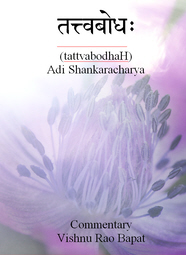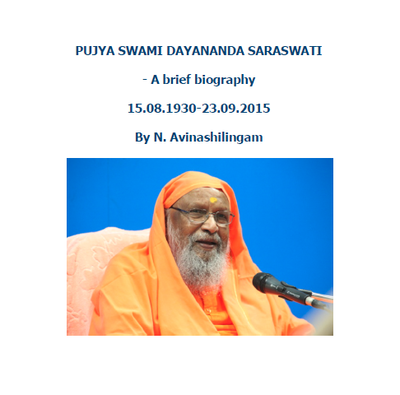
(Read Part 10 of the series.)
Romanticism
Kant’s noumenal consisted of the reality of mental things – plural – though we could never be objectively aware of them in any sense, and effectively acknowledged the existence of many minds as well as that of God himself. Kant was very influential, thought by many to have been the greatest of modern thinkers, and a number of philosophers attempted to build upon or revise his ideas, in particular to do away with his unknowable reality.
Johann Gottlieb Fichte was the first of these and he conceived of an absolute mind or ego, divided up into the relative egos of human personalities, which together were evolving. Objects or ‘things in themselves’ became redundant. History is explained, and our sense of meaning is gained, by reference to this absolute ego. Even supposedly straightforward explanatory accounts of his philosophy, however, are incomprehensible without attempting to read any of the original material (and possibly with, too, but I have no direct knowledge of this). Continue reading



